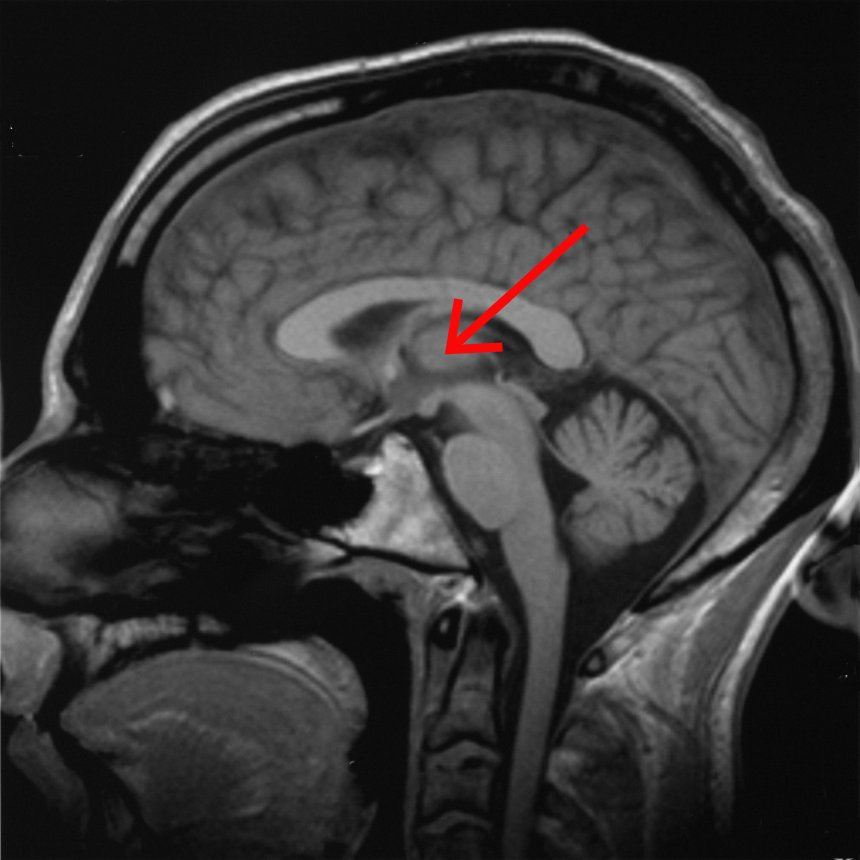Complex networks and neuroscience
Throughout the School on Complex Networks and Neuroscience, held at ICTP-SAIFR from September 28th to October 16th, Claudio Mirasso, from the Universitat de les Illes Balears, in Spain, talked about the relation between complex networks and brain research. The physicist, who was also one of the event’s organizers, pointed out how, on one hand, ideas from physics can help us understand neuroscience and, on the other, the way the brain functions may contribute to research in physics.
Brain Functioning
One of Mirasso’s interests is understanding the synchronization between different brain regions.
“In electroencephalography (EEG) studies we see that different brain regions, often not structurally connected, are synchronized”, he says. “Through studies with complex networks, we try to understand this synchronization and the exchange of information between different brain areas”.
One of the reasons for the synchronizations, according to the researcher, is that regions have similar or complementary roles. When we see an object, for instance, information about its shape, color and position in space are sent to the brain, and different areas are activated to process this set of data.
“Among our most recent results, we found that the thalamus is one of the main areas responsible for coordinating this synchrony”, said Mirasso.
Information Processing
If complex networks help us understand how the brain works, the opposite can also happen – especially when it comes to processing information.
“We are living in the era of information”, says Mirasso. “The amount of data we have increases every day, so we need new ways to process all this information”.
One way to make this processing more efficient is to previously sort only the data of interest. This is the technique used by the brain: every second we are bombarded with thousands of visual, sensory and auditory stimuli. However, just relevant information is processed.
“Studying how the brain filters and processes information and trying to copy it can help us create more efficient ways to process data on computers,” says Mirasso.
The brain can also contribute to improve facial and voice recognition engines. Although computers are more efficient than humans when calculating, for example, we are much better when it comes to differentiating faces and voices. Research about what makes our brains specialists in these tasks is a way to improve computer systems that try to distinguish different faces and sounds.

